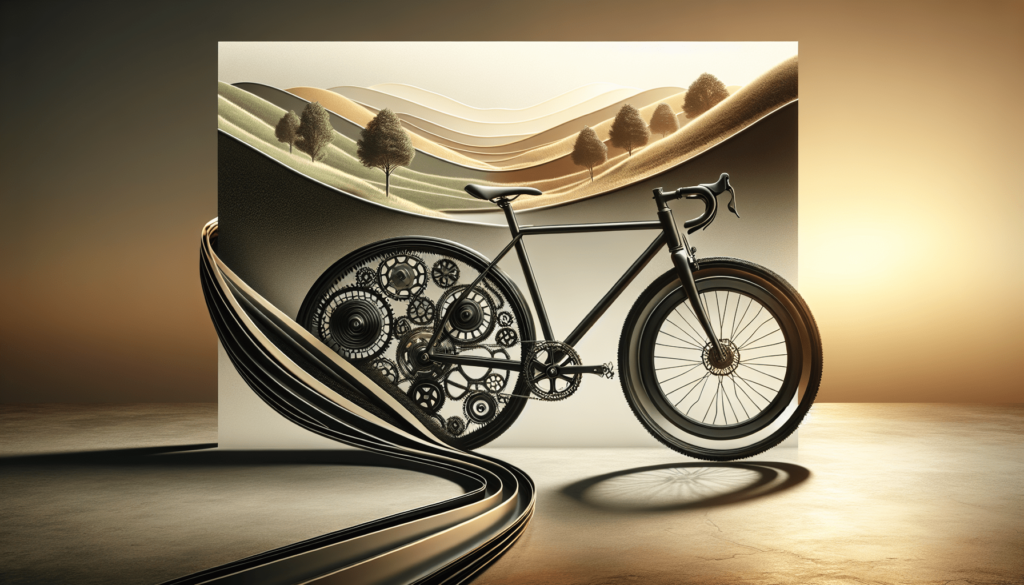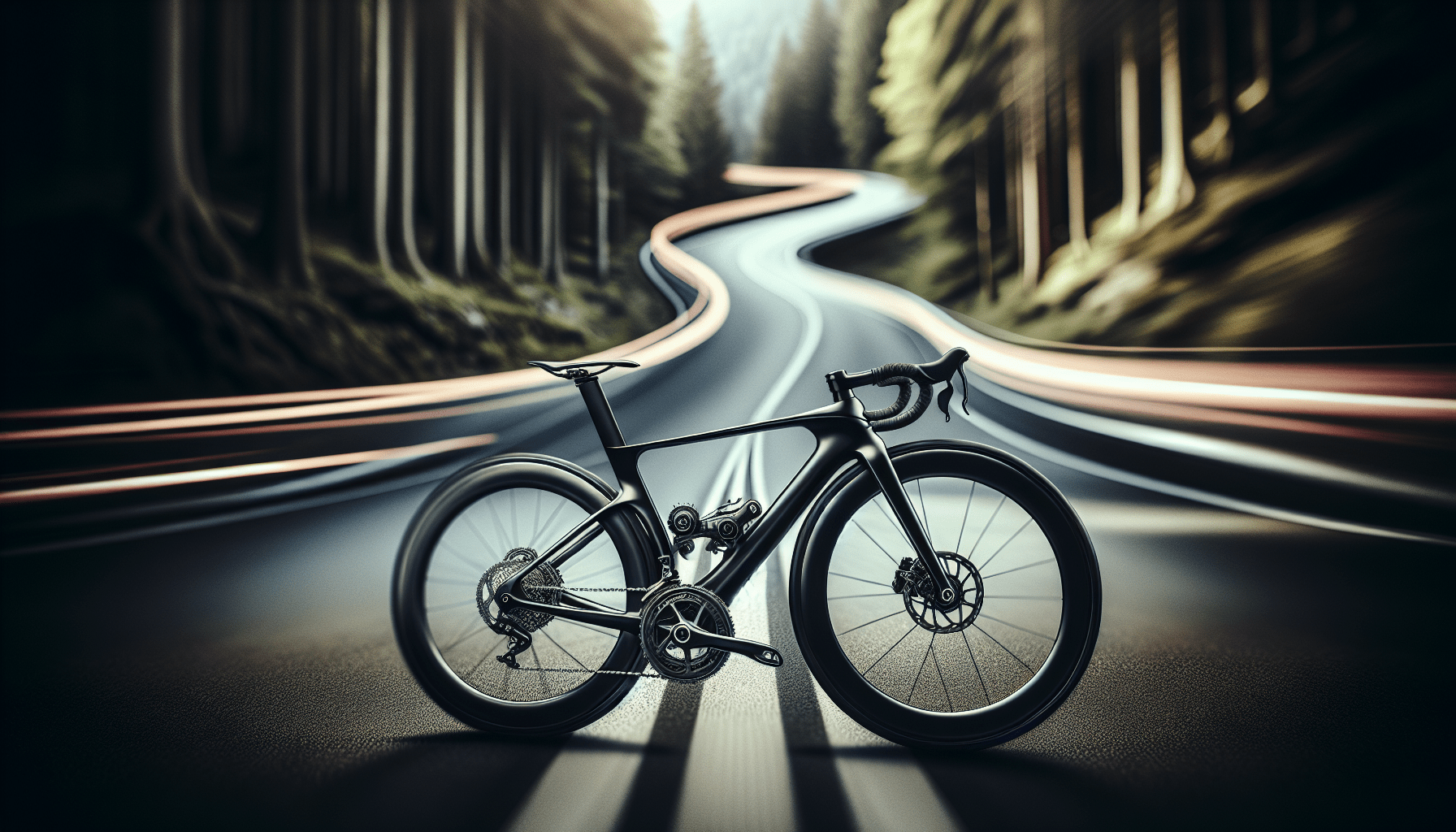Your cart is currently empty!
Maximizing Your Bicycle’s Dynamic Potential
Unleash your bike’s full potential with expert tips on enhancing performance, optimizing components, mastering techniques, and ensuring safety.
Description
When it comes to maximizing your bicycle’s performance, there are various factors to consider. In this article, you will discover how to enhance your bicycle’s dynamic potential and get the most out of your rides. From adjusting the seat height to choosing the right gears, you’ll learn practical tips to optimize your cycling experience. Stay tuned to uncover the secrets to unlocking your bicycle’s full capabilities.
Maximizing Your Bicycle’s Dynamic Potential

Understanding Your Bicycle’s Components
When it comes to maximizing your bicycle’s dynamic potential, it is essential to understand the various components that make up your bike. Each part contributes to the overall performance and efficiency of your ride.
Frame
The frame is the backbone of your bicycle and plays a crucial role in determining its overall strength and durability. Frames are commonly made from materials such as aluminum, carbon fiber, steel, or titanium, each with its unique characteristics. The frame size and geometry also affect your riding position and comfort.
Wheels
Wheels are another vital component that significantly impacts the performance of your bike. They come in various sizes and materials, with options for different terrains and riding styles. Tire pressure and tread pattern can also affect your bike’s speed, comfort, and grip on the road.
Drivetrain
The drivetrain of your bicycle includes the chain, crankset, cassette, derailleurs, and shifters. These components work together to transfer power from your legs to the wheels. Choosing the right gear ratios can enhance your efficiency and help you tackle various terrains with ease.
Enhancing Your Riding Experience
Now that you have a better understanding of your bicycle’s components, let’s explore ways to enhance your riding experience and maximize your bike’s dynamic potential.
Proper Bike Fit
One of the most important factors in maximizing your bike’s performance is ensuring that it fits you properly. A bike that is the right size and adjusted to your body measurements can improve your comfort, efficiency, and overall riding experience. Consider getting a professional bike fitting to ensure optimal performance.
Regular Maintenance
Just like any mechanical device, your bicycle requires regular maintenance to perform at its best. Keeping your bike clean, lubricating moving parts, and checking for wear and tear can extend its lifespan and prevent breakdowns. Consider creating a maintenance schedule to stay on top of your bike’s upkeep.
Upgrading Components
Upgrading certain components of your bike can also help increase its dynamic potential. Consider investing in lighter wheels, a more aerodynamic frame, or high-performance tires to enhance your speed and agility. Upgrading the drivetrain to one with more gears or a wider range can also improve your climbing abilities.

Riding Techniques for Maximum Efficiency
In addition to optimizing your bike’s components, mastering certain riding techniques can further enhance your efficiency and performance on the road. Here are some tips to help you maximize your bicycle’s dynamic potential.
Pedaling Efficiency
Improving your pedaling technique can significantly impact your overall performance. Focus on pedaling in smooth, circular motions rather than stomping on the pedals. Maintaining a consistent cadence can help you conserve energy and ride longer distances with less fatigue.
Climbing Techniques
Climbing hills can be a challenging but rewarding aspect of cycling. To improve your climbing abilities, shift to an easier gear before the climb, maintain a steady cadence, and keep your upper body relaxed. Standing on the pedals can provide extra power but should be done sparingly to avoid fatigue.
Descending Skills
Descending requires a different set of skills, including cornering, braking, and body position. To descend safely and efficiently, look ahead to anticipate curves, brake before entering a turn, and lean your bike while keeping your body upright. Practice descending on different types of terrain to improve your skills.
Nutrition and Hydration for Optimal Performance
In addition to your bike setup and riding techniques, nutrition and hydration play a crucial role in maximizing your dynamic potential as a cyclist. Proper fueling and hydration can enhance your endurance, recovery, and overall performance on the bike.
Pre-Ride Nutrition
Before a ride, it’s essential to fuel your body with the right nutrients to sustain your energy levels. Focus on consuming a balanced meal that includes carbohydrates for quick energy, protein for muscle repair, and healthy fats for sustained fuel. Avoid heavy or high-fiber foods that could cause digestive issues.
Hydration
Staying hydrated is key to maintaining performance and preventing dehydration on the bike. Drink water regularly throughout your ride, especially in hot weather or during intense efforts. Consider using a hydration pack or water bottles mounted on your bike for easy access to fluids.
Post-Ride Recovery
After a ride, prioritize your recovery by refueling with a combination of carbohydrates and protein to replenish glycogen stores and aid muscle repair. Consider incorporating stretching, foam rolling, and rest days into your routine to allow your body to recover and adapt to training stress.
Safety Tips for Enjoyable Riding
While maximizing your bicycle’s dynamic potential is essential, safety should always be a top priority when cycling. By following these safety tips, you can enjoy your rides with peace of mind and minimize the risk of accidents or injuries.
Wear a Helmet
Always wear a properly fitted helmet when cycling to protect your head in case of a fall or collision. Choose a helmet that meets safety standards and replace it if it has been involved in a crash or shows signs of damage.
Follow Traffic Laws
Cyclists are considered vehicles on the road and must obey traffic laws and signals like any other vehicle. Ride in the same direction as traffic, signal your turns, and yield to pedestrians and other cyclists when necessary.
Stay Visible
Make yourself visible to other road users by wearing bright or reflective clothing, using lights when riding in low light conditions, and making eye contact with drivers at intersections. Consider adding reflective tape or accessories to your bike for increased visibility.
Ride Defensively
Stay alert and anticipate potential hazards on the road, such as potholes, debris, or aggressive drivers. Maintain a safe distance from parked cars, signal your intentions clearly, and be prepared to react quickly to changing traffic conditions.
Conclusion
Maximizing your bicycle’s dynamic potential involves a combination of understanding your bike’s components, optimizing your setup, mastering riding techniques, fueling your body effectively, prioritizing safety, and enjoying the ride. By following these tips and incorporating them into your cycling routine, you can enhance your performance, comfort, and overall enjoyment on the bike. Remember to listen to your body, set realistic goals, and have fun exploring the endless possibilities of cycling.





